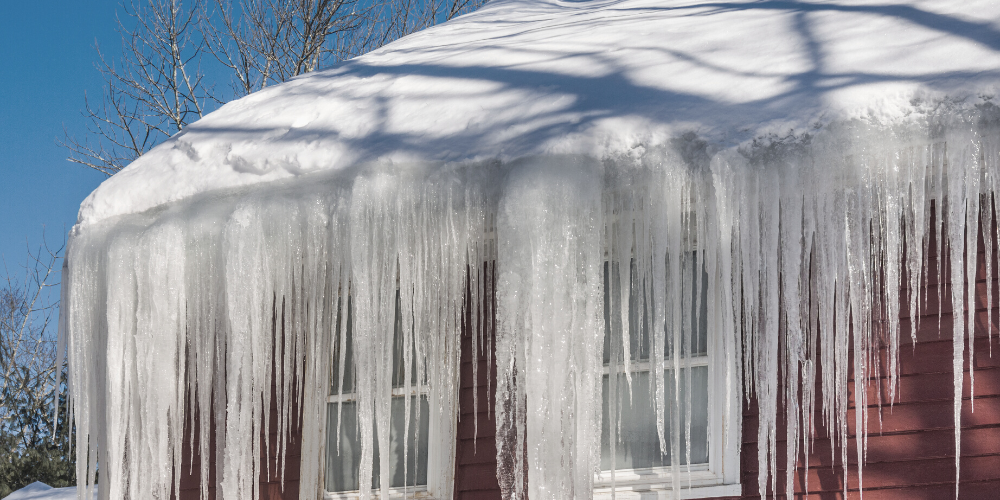More than creating a colder home this winter, inadequate insulation is also the likely reason your attic is experiencing water damage. The dynamic is called ice damming. House heat escapes from the attic and makes its way to the roof where it melts the snow. Eventually, the water finds its way inside as the snow refreezes, creates a dam, seeps under the shingles, and infiltrates the eaves. The issue is exacerbated in parts farther north, where snow accumulations are greater. Water damage in those upper reaches of the home isn’t always immediately detected. Over time, the damage may rot the wood framing and get into wall cavities.
An Ounce of Prevention
At G. Fedale Roofing & Siding, we take a holistic approach. We’re happy to come out and inspect the home’s insulation in order to assure that it’s adequate. The current code for attic insulation is a minimum R-value of 38. And beefing up that insulation will not only reduce the probability of ice damming, it will also help lower your heating bill. Ice doesn’t just impact the integrity of interior spaces, it can also jeopardize important features of the roof. Clogged gutters, neglected during the months prior to winter, can create ice build-up, causing the fascia to pull away from the roof. This is why we recommend regular gutter cleanings and installation of gutter guards.
More than a Bandaid
While it won’t prevent ice dams from forming, an ice and water shield will prevent water from entering the home. This waterproof membrane facilitates water drainage from the shingles. Installed along the gutter lines, the shield should extend two feet past a warm wall to properly protect the home. “We install at a minimum of 4 ½ feet,” says Tom DiRocco, Storm Restoration Manager here at G. Fedale. The additional coverage enables protection from the farthest edges of the roof, accommodating for the soffit overhang, the depth of the wall, and the pitch of the roof, and extending well past that warm wall. While the shield is the standard for all of our roof replacement projects, it cannot be added to an existing roof.
If you are interested in getting a roof inspection done to identify if your home is prone to ice damming, contact us today for an estimate.

